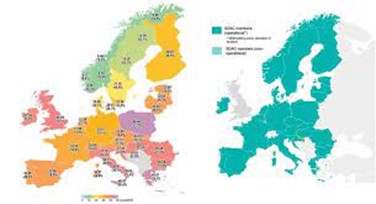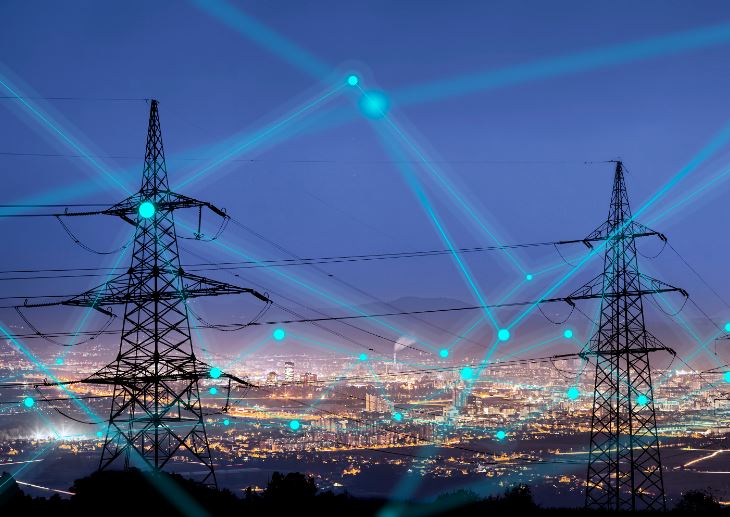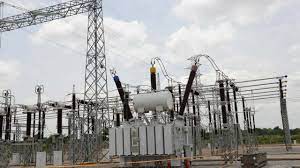
Lagos — Instances of negative prices in European electricity markets reached a record high last year, a new report from energy data analyst Montel Analytics has revealed.
The study showed that the number of periods when day-ahead prices dropped to zero or below continued to climb in Europe, hitting a total of 4,838 (sum of all bidding zones) in 2024 – almost double the 2,442 recorded the previous year.
Finland recorded the most instances of negative prices (721), surpassing Swedish price zones, the Netherlands and Germany. Negative prices in the Finnish market were attributed to high wind production and low interconnectivity with neighbouring markets in Sweden and Estonia. High wind output was a key reason for negative prices in Sweden, whilst an excess of solar generation pushed prices into negative territory in the Netherlands.
Jean-Paul Harreman, Director at Montel Analytics – which is part of Montel – said:
“Overall, increased wind and solar generation and a lack of demand-side response mechanisms caused the number of zero or negatively priced hours in the day-ahead market to increase in many countries, with Iberia seeing them for the first time across the second quarter of 2024. As renewables displace conventional power during the solar peak period, the demand for fossil fuel generation and imports has significantly widened the price gap between the solar peak and the evening peak.”
The share of renewable generation in Europe’s power mix reached an all-time high last year (50.4%) as the share of generation from fossil fuels declined to less than a quarter (24.9%).
Demand remained sluggish and has done since the 2022 energy crisis, resulting in more bearish price signals in European markets compared to previous years. However, these price signals have been successfully offset by a rise in gas prices, caused by tensions in the Middle East and the looming closure of gas pipelines from Russia via Ukraine. In the Dutch TTF trading hub, often used as a benchmark for European gas prices, the average price of gas for 2023 was €43/MWh, representing an increase of 5.6% from last year.
Gas storage drawdown rates were lower than expected during winter 2023-24 due to mild weather – stockpile levels declined to just 59% at the spring equinox – but entered this winter at 76% full, generally deemed a safe level for an average European winter.
The Montel report also showed that the share of nuclear-powered generation made up almost a quarter of total output (24.7%) – up from 22.6% in 2022 when many units in the French nuclear fleet went offline for maintenance. Last year, however, saw many of these units become operational again and consequently France exported the largest amount of electricity to neighbouring markets for 22 years.
Jean-Paul Harreman said: “French nuclear availability gradually returned across 2023 and early 2024 after having undergone historic lows in 2022. In 2024 nuclear generation totalled 620.6TWh across Europe; this represents the highest proportion of total generation since 2021, making up 24.7% of total output. This trend was driven by the French nuclear recovery as well as declining fossil fuel generation and demand.”
“Total European demand dropped to 2,678TWh, a 7.7% reduction from the levels seen in 2023. Industrial demand has not recovered to pre-pandemic levels and the economy of the biggest gas consumer in Europe, Germany, contracted for the second year in a row. There also remains much uncertainty around how much of this sluggish demand is permanent and how much is temporary. As well as lower industrial demand, a further driver of this trend is the growth in rooftop (behind-the-meter) solar, which directly offsets households’ electricity demand.”
Renewables (biomass, hydro, wind, solar and waste) accounted for 50.4% of overall European power generation last year, with nuclear (24.7%), gas (12.7%), coal/lignite (11.9%) and oil (0.4%) making up the rest.



